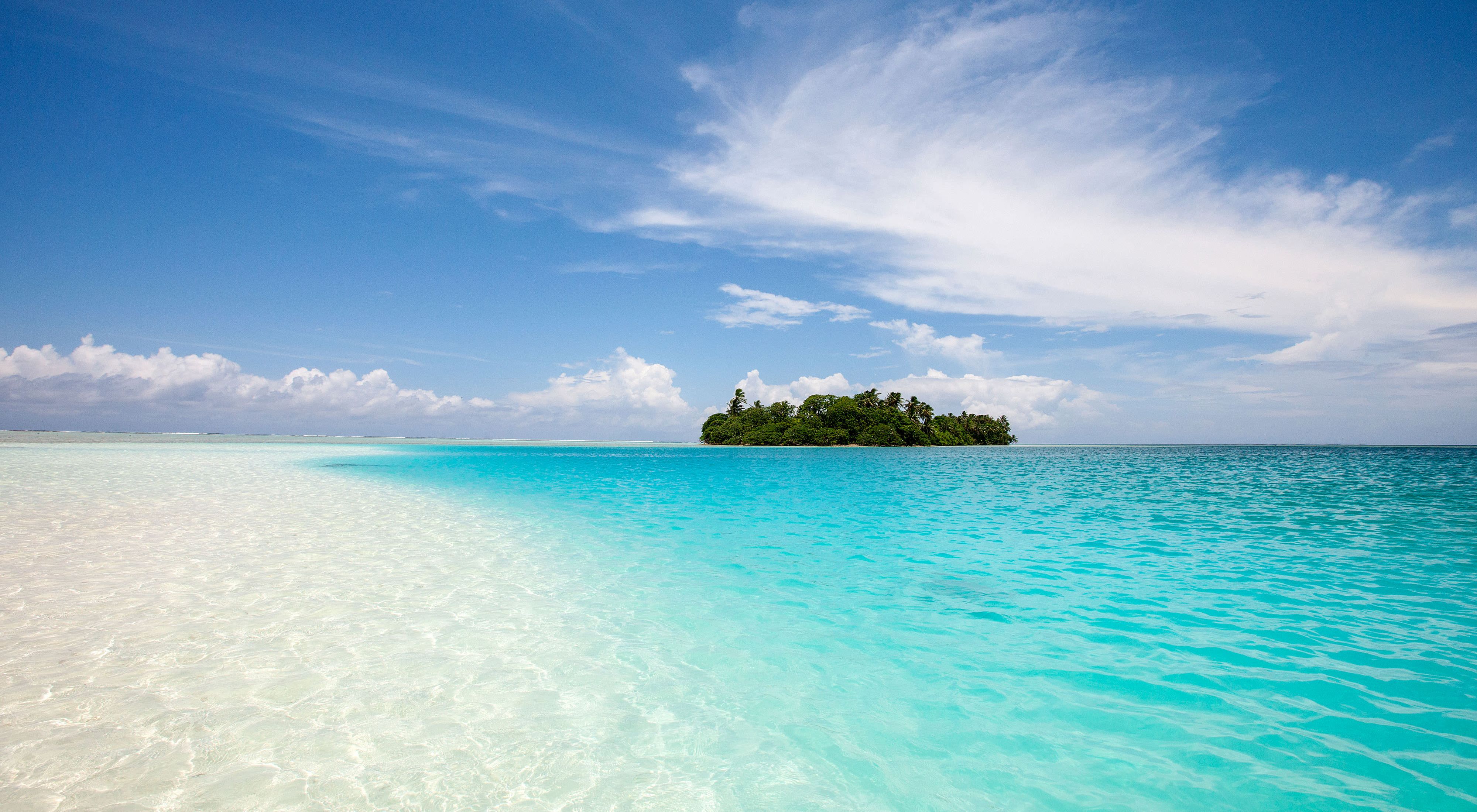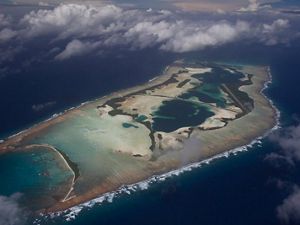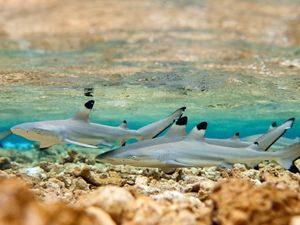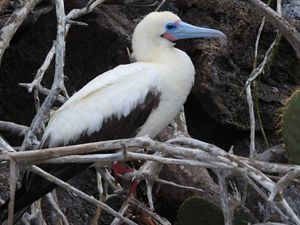When The Nature Conservancy acquired Palmyra in 2000, it was readily apparent that this isolated, uninhabited atoll was an ideal site for scientific research, and that its 15,000 acres of near-pristine coral reefs provided a healthy baseline against which to measure human-related impacts.
But the Conservancy was hardly the first organization to notice Palmyra’s scientific value. Over the last 175 years, the atoll has played a role in some of the key investigations of the 20th century, including the use of power spectra in describing wave behavior and the testing and storage of nuclear power.
Scientific interest in the atoll dates to 1842 when researchers collected specimens of Palmyra’s flora and fauna as part of the U.S. Exploring Expedition. A second expedition visited Palmyra in 1874. But it wasn’t until 1913 that Judge Henry E. Cooper, then Palmyra’s owner, invited noted scientist and explorer, Joseph F. Rock, to do a thorough inventory of the atoll’s plant and animal life.
Rock discovered a unique coconut palm—Cocos nucifera palmyrensis—that produced the largest, longest and most triangular coconuts in the world. The "mammoth coconuts" were put on display in Honolulu in 1914 along with paintings by noted Hawaiian artist D. Howard Hitchcock, who had accompanied Cooper to the atoll.
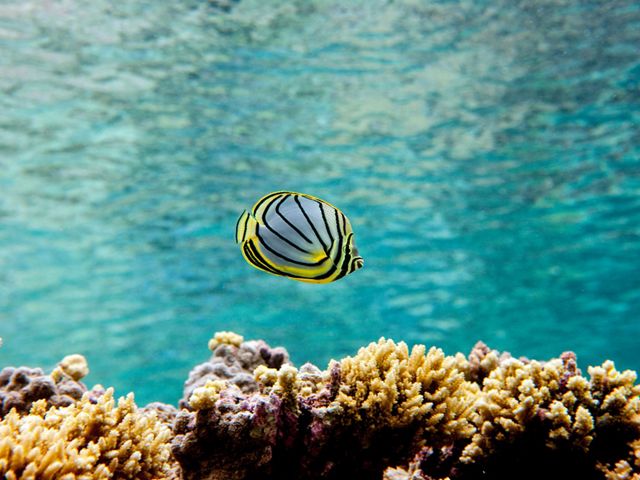
Celestial Observation
As part of International Geophysical Year in 1958, Dr. Ronald Mason of the Scripps Institution of Oceanography established magnetic observatories at Palmyra, Fanning and Jarvis in the Line Islands. More than 60 scientists visited Palmyra—considered an ideal location for celestial observation—to study the anomalous behavior of the magnetic field near the equator.
In 1962, Palmyra served as a monitoring site and weather station for 31 atmospheric nuclear tests. Known as Operation Dominic, the tests occurred at the height of Cold War tensions after the Soviet Union detonated Tsar Bomba, the most powerful nuclear explosion in history. In response, President John F. Kennedy authorized Operation Dominic, which led to the 1963 signing of the Limited Test Ban Treaty in Moscow.
That same year, scientist Walter Munk used Palmyra to demonstrate how waves can travel thousands of miles without losing energy. Dubbed the “Einstein of the Sea,” Monk advanced scientific understanding of ocean waves, deep-sea tides, ocean acoustics and more. In Waves Across the Pacific, he theorized that waves leaving New Zealand would reach Alaska in a matter of days. Palmyra was a crucial way station in the study process, providing a point of contact with the waves during their long haul across the Pacific.
In 1967, the National Center for Atmospheric Research initiated the Line Islands Experiment, or LIE. Conducted on and near Palmyra, Fanning and Christmas islands, LIE produced a comprehensive sample of satellite, aircraft and surface-based meteorological data of the equatorial Pacific—information that was then used to help improve global weather forecasting.
Quote: Alex Wegmann
Dubbed the “Einstein of the Sea,” Monk advanced scientific understanding of ocean waves, deep-sea tides, ocean acoustics and more.
Nuclear Storage Proposed
More than a decade later, the U.S. assessed the feasibility of storing nuclear spent power reactor fuel rods at Palmyra—only to abandon the classified study after it was leaked to the press and to Palmyra’s owners, the Fullard-Leo family.
University of Hawaii researcher Dr. James Maragos—who had worked on the 1979 study—subsequently convinced the family to allow the Army Corps of Engineers to survey the former World War II Naval base at Palmyra for the purpose of removing military debris at government expense.
After surveying and photographing underwater dump sites in the lagoons and off the old Navy dock, Maragos systematically surveyed Palmyra’s reefs and documented 100 different coral species—far more than any other nearby island or atoll.
In 1991, Maragos went to work for The Nature Conservancy and began advocating for the acquisition of Palmyra as an ecosystem reserve and scientific field station. Although he soon left to work with the U.S. Fish & Wildlife Service, his idea became a reality.
With generous support from major donors, the Conservancy purchased the atoll in 2000 from the Fullard-Leo family to protect its unique ecosystem and establish a center for scientific investigation. Today, researchers belonging to the Palmyra Atoll Research Consortium continue to unlock the secrets of this wild and unique place and to share their findings with the world.
